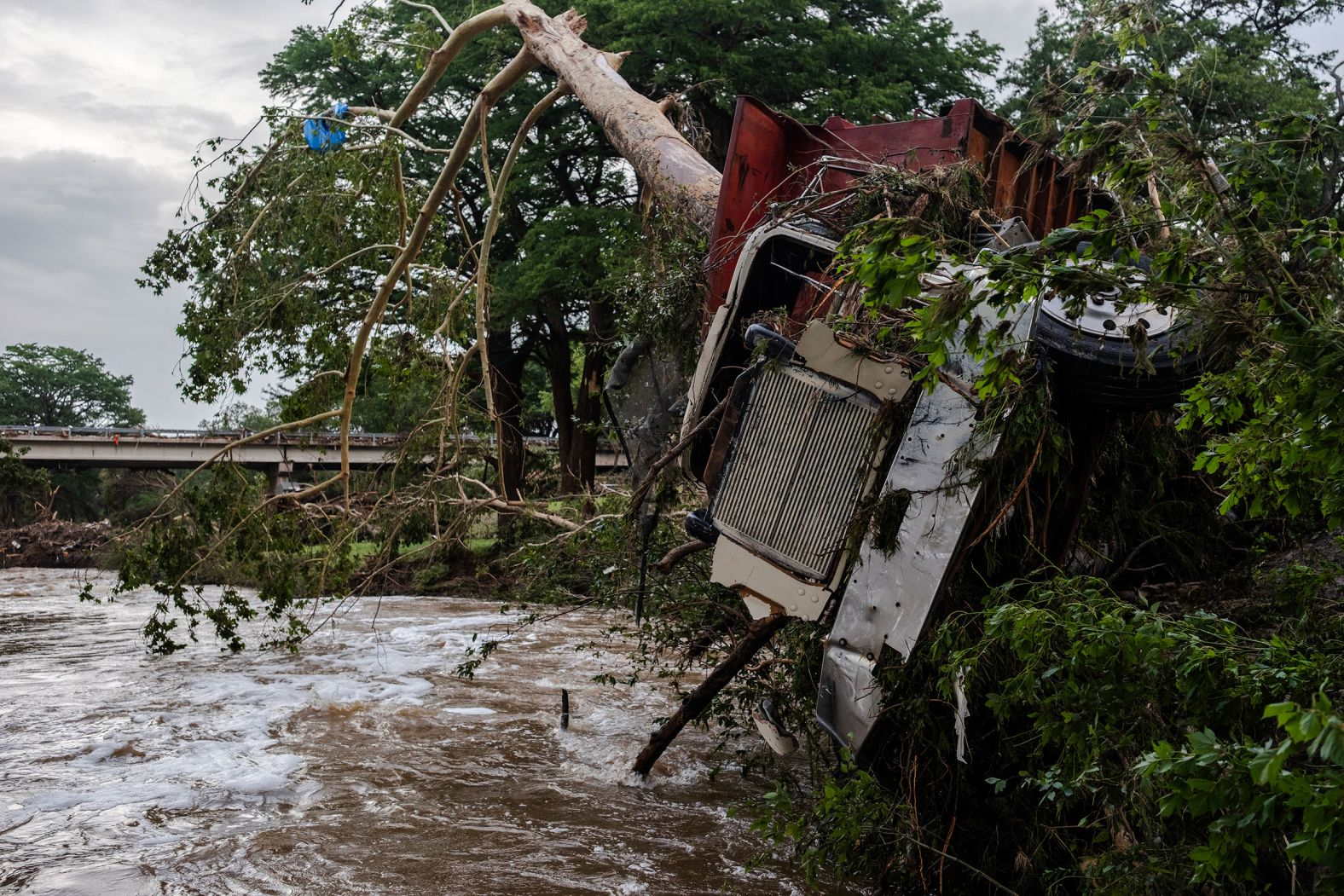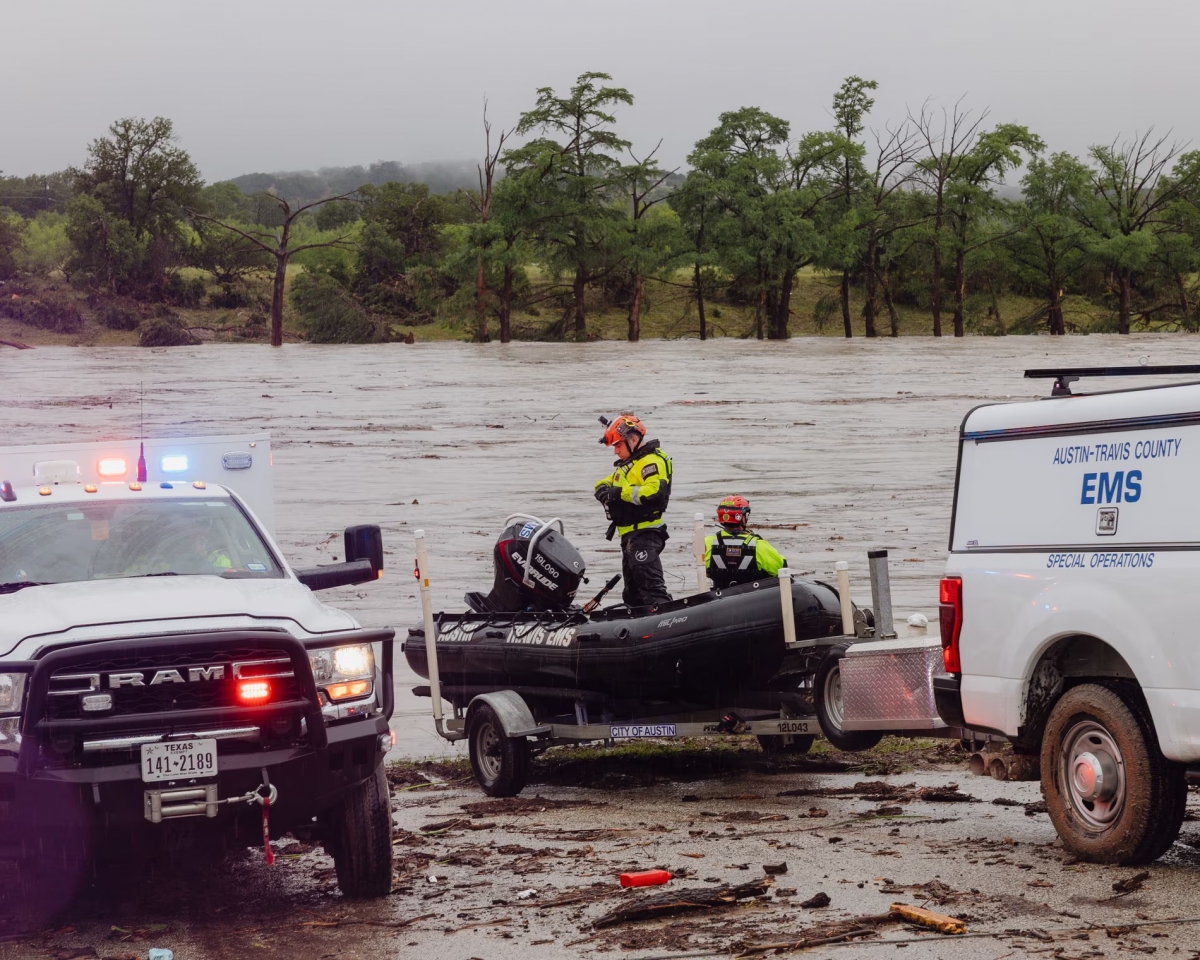
The devastating flash floods that struck Texas Hill Country on July 4, 2025, left over 80 people dead, including 29 children, in one of the deadliest floods the state has seen in years. The tragedy not only claimed lives but also exposed critical flaws in emergency management systems, raising alarms over slow warnings and inadequate preparation.
The catastrophic flood, caused by over 300mm of rainfall in a matter of hours, submerged homes, swept away entire summer camps, and left many families torn apart. Now, as the search for the missing continues and communities reel from the disaster, experts and officials are grappling with the reasons why this event turned so deadly.
Texas Hill Country, an area known for its hilly terrain and susceptibility to flash floods, had never seen anything of this scale before. The floodwaters rose swiftly, particularly in the Guadalupe River, where water surged by eight meters in less than 45 minutes.
The impact was immediate. Schools, summer camps, and recreational areas along the river were filled with visitors, many of whom had no idea the floodwaters were about to sweep them away.
The disaster began late at night, catching many off guard as they slept. Emergency alerts were delayed and unclear, leaving people unaware of the immediate threat. In some cases, authorities did not issue flood warnings until after the river had already reached near-record levels.
The National Weather Service (NWS) issued a flood warning for Kerr County at around 1:44 AM on July 4, but by that time, the river had already reached its second-highest recorded level in history.

As the rescue efforts unfolded, it became clear that several key factors contributed to the overwhelming scale of the disaster. Experts pointed to the lack of timely warnings, the absence of adequate warning systems, and the delayed response from local authorities. In a region known for its recurring floods, many believed the situation would be manageable, but this event proved otherwise.
Kerr County Judge Rob Kelly admitted that they did not know the flood was coming, despite ongoing rain and concerns about the rising water levels. Kelly expressed regret that the county did not have a proper warning system in place for the Guadalupe River, a decision that now seems increasingly negligent in light of the tragic outcome.
Adding to the tragedy was the failure of the National Weather Service to issue more immediate alerts. Reports showed that many flood warnings were issued late and sent to areas with weak or unreliable cell phone signals, meaning that many affected residents never received the necessary alerts in time.
Some residents in the area claim that they did not receive emergency warnings until after the floodwaters had already risen to dangerous levels, leaving them with little time to react.
Moreover, the region's geography and infrastructure made it more vulnerable to rapid flooding. Texas Hill Country, often referred to as the "flash flood valley" due to its steep slopes and narrow canyons, is known for sudden and dangerous water rises. Experts explained that the combination of the terrain and intense rainfall created a perfect storm.
According to Hatim Sharif, a civil engineering professor at the University of Texas, water in the region flows quickly and has little time to dissipate, leading to fast and devastating floods. The land’s inability to absorb the vast amount of rain contributed to the rapid surges that overwhelmed the area.
The lack of preparedness also contributed to the severity of the disaster. In 2016, officials in Kerr County had discussed the possibility of funding a flood alert system that could warn residents of rising waters. However, this project was never fully implemented.
Had the system been in place, it is likely that many lives could have been saved. This oversight, combined with the fact that many residents and visitors had no idea the flood was coming, created a disastrous situation that many experts argue could have been avoided.
The aftermath of the flood has led to widespread criticism of local government agencies, emergency services, and weather organizations. The incident has sparked heated debates about whether the failure to act quickly, coupled with underfunded emergency services, played a role in exacerbating the crisis.

Many are calling for a comprehensive review of flood preparedness measures, urging officials to adopt stronger, more proactive systems to protect residents from future disasters.
Political leaders, including Texas Governor Greg Abbott, have promised to investigate the handling of the flood and ensure that any lapses in the system are addressed. Governor Abbott acknowledged that the flood caught many by surprise and expressed sympathy for the victims, but he also emphasized that a full investigation would take place.
The emotional toll of the disaster is immeasurable. In Kerr County alone, there are over 40 people still missing, many of whom were children attending summer camps along the Guadalupe River. As rescue teams comb through the debris, families anxiously await news of their loved ones. The state of Texas has pledged to support recovery efforts, but the scars of this tragedy will linger for years.
Experts agree that the Texas Hill Country flood serves as a painful reminder of the importance of timely warnings, disaster preparedness, and strong communication systems.
This disaster, caused by a combination of factors—unprecedented rainfall, a lack of effective warning systems, and local government inaction—has left families devastated, but it has also sparked a critical conversation about the need for change in disaster management policies across the United States.
As Texas rebuilds and recovers, the story of the Hill Country flood will serve as both a tragedy and a catalyst for future reform. If there’s one thing that remains clear, it is that no community, no matter how familiar it is with flooding, should ever be unprepared when nature’s fury strikes. And for the families who have lost loved ones, this tragedy will always be a painful reminder of the lives lost due to a failure of foresight, preparation, and response.



-1750127292-q80.webp)